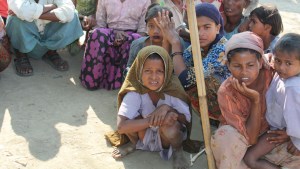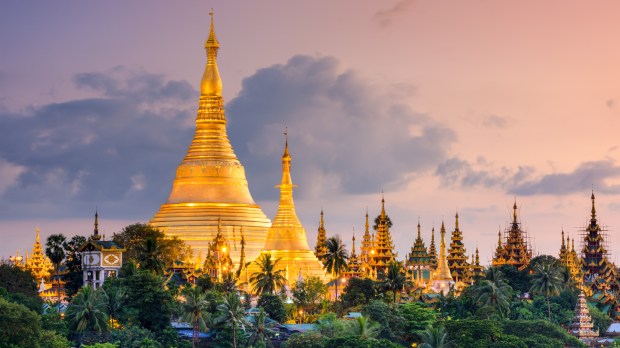Pope Francis will be the first pope to visit Myanmar (formerly Burma), when he goes this November for a four-day trip that will also bring him to Bangladesh, where he will be the third pontiff to visit.
In both countries, Francis will have to find words to encourage oppressed religious minorities.
In Bangladesh, Il Sismografo noted, the first trip from a Successor of St. Peter took place when Paul VI visited Dhaka on November 27, 1970. However, at that time the city still belonged to East Pakistan. The Vatican was one of the first States to recognize the country’s independence in 1971. Later, there was the second papal visit, that of John Paul II, in 1986.
“The Church in Bangladesh is a Church of the poor,” Bangladeshi Cardinal Patrick D’Rozario, archbishop of Dhaka, recently emphasized to Vatican Insider, on August 30. In this country of 160 million people, 36% of the population lives in conditions of extreme poverty.
Evangelical poverty of Catholics in Bengali
The small Catholic community, 0.3% of the population, the prelate adds, lives “poverty of spirit,” in the sense found in the Gospel Beatitudes: humility and closeness to God. “The Pope will appreciate the richness of this poverty,” he assures.
The challenge, Cardinal D’Rozario concludes, consists in living as Christians in an Islamic nation, as a tiny minority that is “salt, light, and leaven.” In a context of Islamist radicalization, “we need to remember that our country has been harmonious and pacific for centuries.” In his view, extremist ideas are not a part of Bangladeshi culture.
Finally, the Pope’s expression of special concern for the Rohingya Muslim minority, persecuted in neighboring Myanmar, will also send a sign to governments of Muslim-majority countries worldwide—and thus, also to Bangladesh, where Christians are “under pressure,” says Benedict Rogers, a specialist in human rights in Asia, interviewed by the National Catholic Register on August 29.
Rise of Buddhist extremism
On this historic trip of a Pope to Myanmar, a nation in the middle of a transition to democracy after a military dictatorship, one of the challenges will be to deal with the rise of a “Buddhist extremist nationalism.” This is generally expressed in confrontation with Muslims, but Christians are also victims.
Nor must we forget, added the expert, other minorities about which little is said, such as the Kachin, in the North of the country, who are largely Christian. We could mention the Shan as well. In this sense, Rogers says, the Pope’s visit could be truly “prophetic.”
For the moment, it is the fate of the Rohingya minority which has brought the Pope to speak out. The Rohingya are a sort of “invisible caste” not legally recognized in this 90% Buddhist country, and they are, in turn, being won over to radicalization since the end of 2016.
Read more:
Rohingya: The next ethnic cleansing you’re not hearing about
Burmese Catholics are afraid
But by making an appeal in their favor after praying the midday Angelus of August 27, Francis also exposed himself to attack, says the Agency AsiaNews, which writes that Burmese Catholics, 3% of the population, fear for their own safety after the Pontiff’s words. They are so concerned that the country’s episcopal conference has “suggested that the Pope not use the sensitive term ‘Rohingya’ during his visit,” said the Asian Catholic Agency UCANews.

Read more:
Pope defends Rohingya Muslims ahead of Myanmar trip
In recent days, thousands of refugees, mostly Muslims, have attempted to escape fierce fighting between the Burmese army and the Rohingyas, by crossing the border to Bangladesh.
Lastly, the Italian Agency SIR notes that Cardinal Charles Bo, archbishop of Rangoon (Burma), took advantage of the effect of the announcement of the Pope’s visit to demand the return of 80 Catholic schools which had been nationalized by the military junta in 1965. AP
© 2017 I.MEDIA

